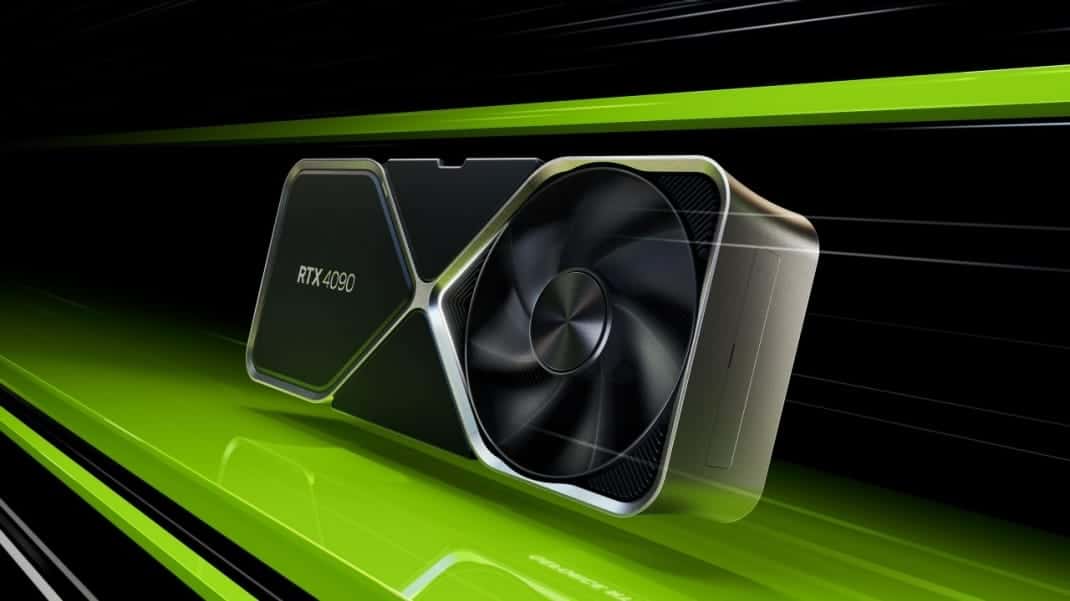Nvidia is preparing to launch its next generation of GPUs, and the RTX 5090, its new flagship card, is in the spotlight due to leaks suggesting an impressive design and unprecedented power consumption. According to information from sources like Benchlife.info and Chiphell, this GPU could mark a milestone in terms of power, efficiency, and design for high-performance gaming.
A Power Monster: Up to 600W Consumption
One of the most shocking rumors is that the RTX 5090 will have a power consumption of 600W, representing a significant increase from the 450W of the RTX 4090. This increase would be supported by a design featuring 29 voltage regulation phases (VRMs), compared to the 23 of its predecessor. The 16+6+7 configuration for the VRMs suggests that Nvidia may have divided the phases between the graphics core and memory modules, which is uncommon in previous generations.
The increase in the number of VRMs and the inclusion of 32GB of GDDR7 memory on a 512-bit bus reinforce rumors that this card is designed for graphically intensive tasks and gaming at 4K or even 8K with ultra-high frame rates.
Design Changes: PCIe 5.0 and 14-Layer PCB
In addition to its high power consumption, the RTX 5090 is expected to incorporate PCIe 5.0 connectors and a 14-layer PCB designed to handle its robust power architecture. This design could also help dissipate heat generated by the power consumption, although it is anticipated that Nvidia will need a more advanced or bulky cooling system than that used in the RTX 4090.
Leaked Specifications: The New Performance Standard
Leaked technical specifications reinforce that the RTX 5090 will be a performance beast. According to images of a GB202-300-A1 chip published on Chiphell, the GPU is estimated to feature:
- 21,760 CUDA cores, marking a considerable jump from the 16,384 of the RTX 4090.
- 32GB of GDDR7 memory with a bandwidthBandwidth is the maximum transfer capacity… of 28 Gbps, on a 512-bit bus.
- Estimated TDP of 600W.
Comparison with AMD and the Competition
The RTX 5090 will not only compete against Nvidia’s previous generations but also against upcoming releases from AMD and Intel. AMD plans to introduce its Radeon RX 9000 series at CES 2025, and Intel is expected to continue developing its Arc Battlemage line. These brands may offer more affordable alternatives for consumers seeking a balance between price and performance.
In terms of memory, while Nvidia opts for GDDR7, AMD might continue to use GDDR6 but with optimizations to reduce power consumption. Additionally, Intel, although still not competing at the high end, has significantly improved with its latest mid-range graphics cards.
Release Date and Price
Although Nvidia has not confirmed official details, the RTX 5090 is expected to be announced at CES 2025, scheduled for January 6. However, the price remains an unknown, and initial leaks suggest it could exceed 2,000 euros, setting a record in the consumer GPU segment.
Final Thoughts
The RTX 5090 promises to be a revolutionary product, designed to take gaming graphics and computational performance to the next level. However, its high power consumption, likely premium price, and competition from AMD and Intel raise questions about how it will position itself in an increasingly competitive market that is also conscious of power consumption. January 2025 will be a key month for the future of next-generation graphics cards.
References: Techspot and Tom’s Hardware

